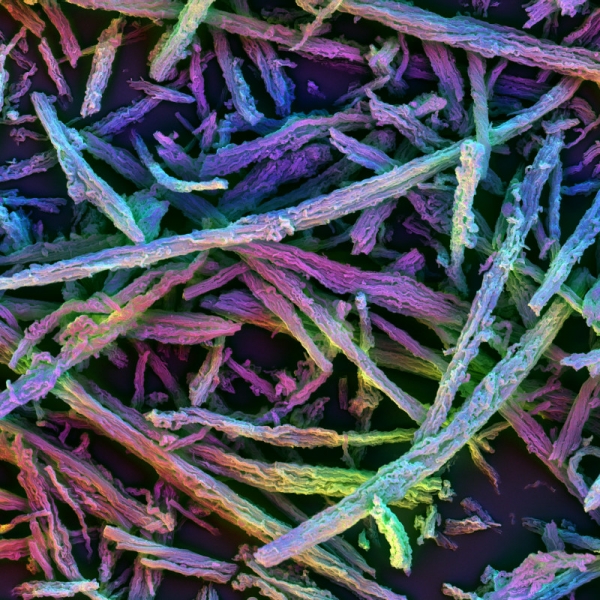Recently, researchers at the Wyss Institute for Biologically Inspired Engineering at Harvard University have developed a novel 3D vaccine capable of harnessing the immune system to combat cancer and other infectious diseases. The vaccine is injected into the skin, where it spontaneously self-assembles into a 3D scaffold capable of attracting and manipulating immune cells to exert an immune response. This has been shown to be significantly effective in delaying tumour growth in mice 1.
Cancer can be fatal due to the ability of tumour cells to elude arrest and destruction by the immune system. To date, the majority of research efforts have focused on immunotherapy as a means of enhancing the destruction of defective cells. This requires the manipulation of dendritic cells, which are responsible for the transport of antigens to the lymph nodes and their subsequent destruction by the immune system. In dendritic cell therapy, white blood cells are removed from the patient’s blood, transformed into dendritic cells and presented with an antigen, specific to the patient’s tumour 2. These cells are then injected back into the patient’s bloodstream in order to elicit an immune response against the tumour antigen. However, this method is both inefficient and expensive.
The new treatment developed by the research team at the Wyss Institute involves reprogramming of the immune cells using implantable biomaterials. In particular, it is based upon the generation of a biodegradable scaffold under the skin. The scaffold temporarily creates a microenvironment which mimics an infection, thus promoting recruitment and activation of dendritic cells. When injected into mice with tumours, the scaffold delayed tumour growth at an outstanding rate of 90%.
The 3D vaccine consists of microsized, mesoporous silica rods (MSRs) dispersed in liquid. When injected into the skin, these rods form a 3D structure resembling a haystack, which soon fills with dendritic cells capable of monitoring body infections and directing the immune system to attack any invading pathogens. The MSRs can subsequently be filled with drugs or other organic structures to induce a particular effect among different patients. Despite the fact that the 3D vaccine has only been tested in mice with cancer, the technology, along with other advances in programmable biomaterials, could hold promise for the treatment of other infectious diseases in humans, such as HIV.
Edited by Debbie Nicol
References
- Kim J, Li WA, Choi Y, Lewin SA, Verbeke CS, Dranoff G, Mooney DJ. Injectable, spontaneously assembling, inorganic scaffolds modulate immune cells in vivo and increase vaccine efficacy. Nature Biotechnology. 2015; 33: 64–72.
- More info here.

